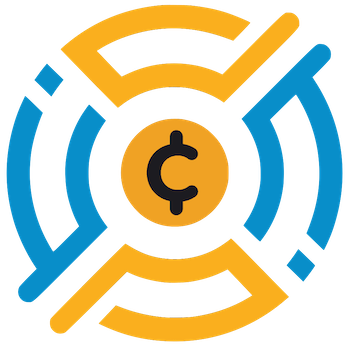Binance, the heavyweight champion of cryptocurrency exchanges, has recently announced its plans to list the USD1 stablecoin, associated with the family of former President Donald Trump, through the decentralized finance (DeFi) venture World Liberty Financial (WLFI). This decision, celebrated by some as a strategic advancement, deserves scrutiny. The implications of this move go beyond mere market fluctuations and invite discussions about financial integrity, corporate responsibility, and the convoluted intersections of technology and politics.
Exclusivity vs. Inclusivity
One of the first red flags about this listing is the geographic restrictions that accompany it. With trading eligibility limited to users outside of key regions like the European Economic Area, Canada, and the United States, one must question Binance’s commitment to financial openness. While they tout the USD1’s mission to aid the underbanked—a noble endeavor on its surface—the reality is that the barriers established by the listing contradict the principles of inclusivity that DeFi purports to uphold. How can we trust a platform that openly markets a product while simultaneously gatekeeping access based on location?
The Political Undertones
The association with a venture linked to the Trump family raises eyebrows and questions about the politicization of cryptocurrency. Is this merely a business venture, or an attempt to leverage political connections for market gain? The cryptocurrency landscape is riddled with skepticism, and the coin’s conservative pedigree could alienate a significant portion of potential users who may wish to distance themselves from the contentious political figures involved. Why must the evolution of financial technology be tainted by affiliations that carry significant political baggage?
Market Saturation and User Trust
As more platforms like KuCoin and HTX join in listing USD1, we cannot ignore the market saturation that this represents. The belief that any cryptocurrency can gain mass acceptance purely based on its listing frequency is a dangerous and misguided one. User trust is essential in the crypto space, and flooding the market with inclusions may be detrimental rather than beneficial. Instead of building specialized trust, we risk diluting the credibility of stablecoins altogether.
The Futility of Backing with Treasuries
Zach Witkoff, co-founder of WLFI, emphasizes that the USD1 is backed by U.S. Treasuries, asserting it as a secure option. However, can we genuinely repose our faith in a regulatory framework that is still grappling with the basic tenets of cryptocurrency? The very idea of a stablecoin pegged to a fiat currency supported by governmental structures remains an argument against the decentralization ethos cryptocurrencies claim to champion. It raises the question: Are we merely reproducing traditional financial systems in a digital cloak?
The Future of Finance or Just Another Illusion?
In principle, the future of finance should be about accessibility and breaking down barriers. Yet, the USD1 listing on Binance spotlights an unsettling paradox. The claim to create a borderless, dollar-backed financial system seems contradicted by regional exclusions and the turbulent political implications. More than just another stablecoin, the USD1 signals deeper ideological divides within the cryptocurrency landscape—divides we ought to navigate carefully. As crypto enthusiasts, we ought to remain vigilant against the risks of identity politics and corporate maneuvers masquerading as altruistic financial solutions.















